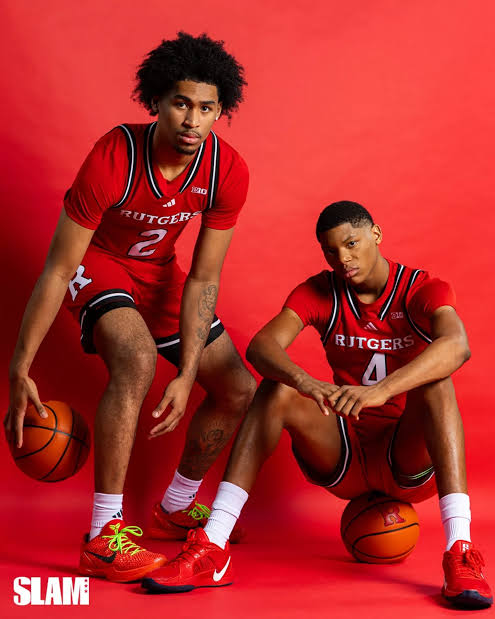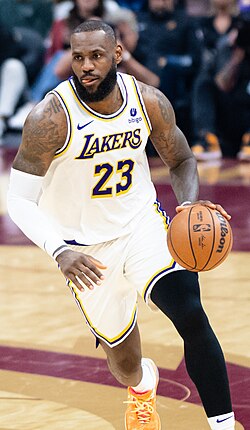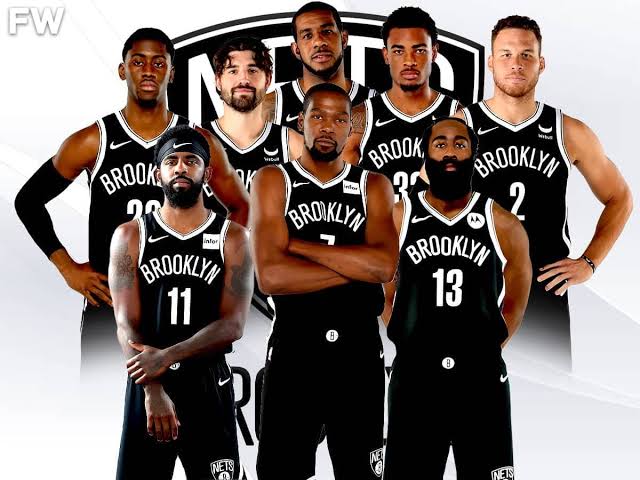The clash between Rutgers and Purdue highlighted a fundamental debate in sports: the value of star power versus team balance. Rutgers, boasting future NBA stars Ace Bailey and Dylan Harper, fell to a more cohesive Purdue team, emphasizing that talent alone may not always secure victory.
Star Power’s Double-Edged Sword
Rutgers’ reliance on Bailey and Harper underscores the challenges of building a team around standout players without adequate support. Despite their impressive individual stats, the duo’s impact was limited by a lack of complementary performance from their teammates. This mirrors historical instances where star-laden teams underperform due to insufficient balance, such as Ben Simmons’ stint at LSU.
Purdue’s Balanced Approach
Conversely, Purdue exemplified the strength of a balanced roster. Without a singular standout like Zach Edey from their previous season, they leaned on a well-rounded unit led by Braden Smith, Fletcher Loyer, and Trey Kaufman-Renn. This balance allowed them to maintain a high level of performance, even against ranked teams.
Strategic Implications
The game illustrated that while star players can elevate a team’s potential ceiling, the floor is often set by the surrounding cast. Teams like Purdue, which invest in developing a well-rounded squad, may lack headline stars but achieve greater consistency and success.
Conclusion
For Rutgers, the challenge lies in harnessing the talents of Bailey and Harper while fostering a more cohesive team dynamic. As Purdue demonstrated, balance often proves more sustainable and effective in the long run, especially in a competitive conference like the Big Ten.



